2015 ChaLearn Looking at People Workshop CVPR
Program Committee

Leonid Sigal
Disney Research Pittsburgh
lsigal@disneyresearch.com
Leonid Sigal was born in Kiev, Ukraine. He is a Senior Research Scientist at Disney Research Pittsburgh, in conjunction with Carnegie Mellon University. Prior to this he was a postdoctoral fellow in the Department of Computer Science at University of Toronto. He completed his Ph.D. under the supervision of Prof. Michael J. Black at Brown University; he received his B.Sc. degrees in Computer Science and Mathematics from Boston University (1999), his M.A. from Boston University (1999), and his M.S. from Brown University (2003). From 1999 to 2001, he worked as a senior vision engineer at Cognex Corporation, where he developed industrial vision applications for pattern analysis and verification. His work received the Best Paper Award at the Articulate Motion and Deformable Objects Conference in 2006 (with Prof. Michael J. Black).
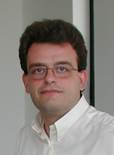
Antonis Argyros
University of Crete, Crete, Greece
argyros@ics.forth.gr
Antonis A. Argyros (Αντώνης Αργυρός) is a Professor of Computer Science at the Computer Science Department (CSD), University of Crete (UoC) and a researcher at the Institute of Computer Science (ICS), Foundation for Research and Technology-Hellas (FORTH) in Heraklion, Crete, Greece. He received a B.Sc. degree in Computer Science (1989) and a M.Sc. degree in Computer Science (1992), both from the Computer Science Department, University of Crete. On July 1996, he completed his PhD on visual motion analysis at the same Department. He has been a postdoctoral fellow at the Computational Vision and Active Perception Laboratory (CVAP) at the Royal Institute of Technology in Stockholm, Sweden. Since 1999, as a member of the Computational Vision and Robotics Laboratory (CVRL) of FORTH-ICS, he has been involved in many RTD projects in computer vision, image analysis and robotics.His current research interests fall in the areas of computer vision and pattern recognition, with emphasis on the analysis of humans in images and videos, human pose analysis, recognition of human activities and gestures, 3D computer vision, as well as image motion and tracking. He is also interested in applications of computer vision in the fields of robotics and smart environments. In these areas, he has published more than 160 papers in scientific journals and refereed conference proceedings and has also delivered several invited and keynote talks in international events, universities and research centers.

Richard Bowden
University of Surrey, Guildford, United Kingdom
r.bowden@surrey.ac.uk
Richard Bowden received a BSc in computer science from the University of London in ’93, an MSc with distinction from the University of Leeds in ’95, and a PhD in computer vision from Brunel University in ’99 for which he was awarded the Sullivan Doctoral Thesis Prize. He is Professor of Computer Vision and Machine Learning at the University of Surrey, UK, where he leads the Cognitive Vision Group within the Centre for Vision Speech and Signal Processing and was recently awarded a Royal Society Leverhulme Trust Senior Research Fellowship. His research centres on the use of computer vision to locate, track, and understand humans. He is an Associate Editor for Image and Vision Computing and IEEE Pattern Analysis and Machine Intelligence. He was a member of the British Machine Vision Association (BMVA) executive committee and a company director for seven years. He is a member of the BMVA, a fellow of the Higher Education Academy, and a senior member of the IEEE.

Carol Neidle
Boston University, Boston, United States of America
carol@bu.edu
Professor Neidle teaches courses in general linguistics and French linguistics. Her research interests include syntactic theory and the syntactic structure of American Sign Language (ASL). Professor Neidle is the Director of the American Sign Language Linguistic Research Project (ASLLRP). Funding from the NSF supports linguistic research on the syntactic structure of ASL, development of computational tools (including SignStream, a MacOS application) to facilitate analysis of signed language and gesture, and collaborative research with computer scientists interested in the problem of sign language recognition. Through our National Center for Sign Language and Gesture Resources, several different types of experimental resources and analyzed data are made publicly available. Her publications include The Syntax of American Sign Language: Functional Categories and Hierarchical Structure (MIT Press) and The Role of Case in Russian Syntax (Dordrecht: Kluwer).
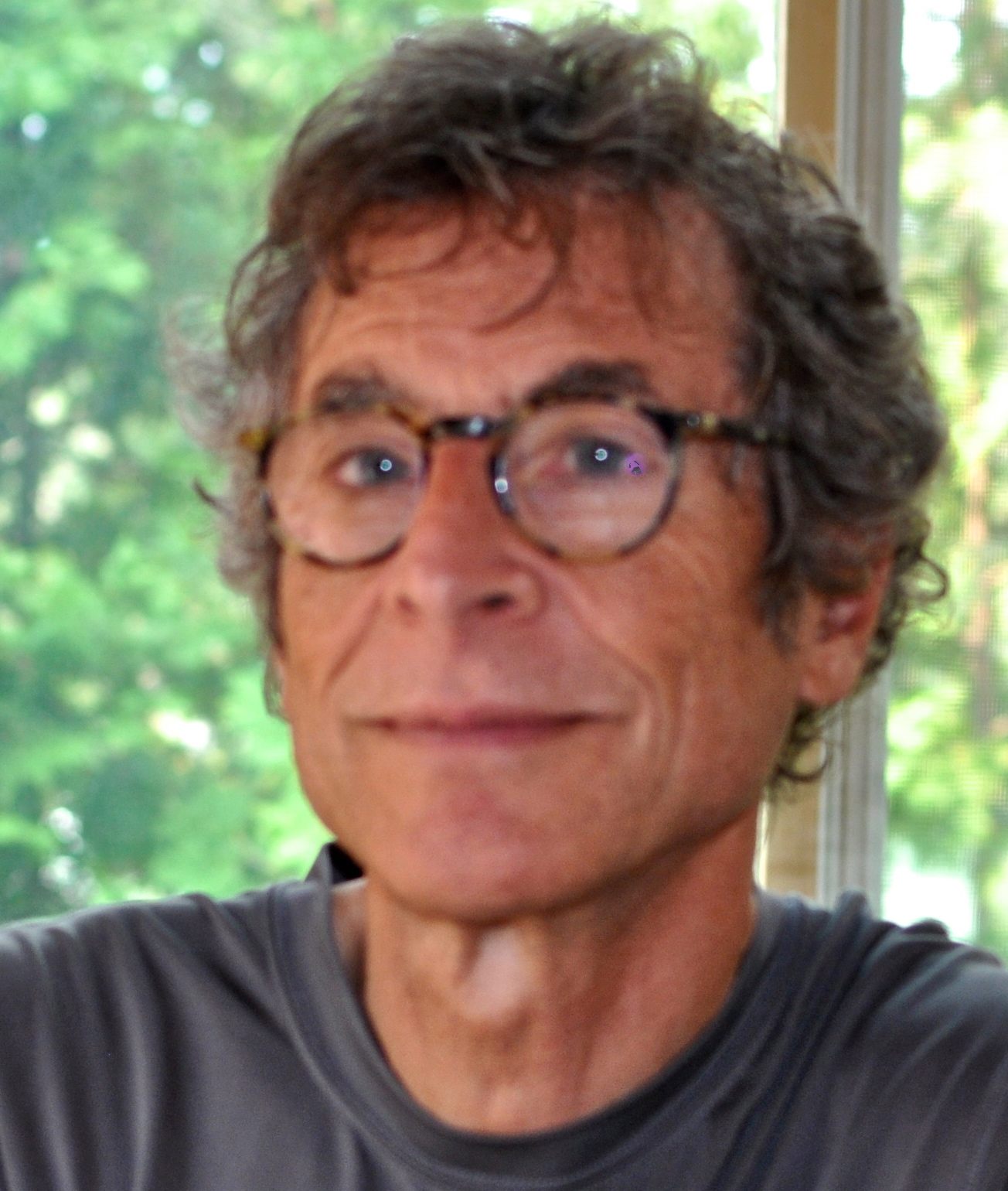
Jeffrey Cohn
University of Pittsburgh, Pittsburgh, United States of America
jeffcohn@pitt.edu
Jeffrey Cohn is Professor of Psychology and Psychiatry at the University of Pittsburgh and Adjunct Professor of Computer Science at the Robotics Institute at Carnegie Mellon University. He leads interdisciplinary and inter-institutional efforts to develop advanced methods of automatic analysis and synthesis of facial expression and prosody; and applies those tools to research in human emotion, social development, non-verbal communication, psychopathology, and biomedicine. His research has been supported by grants from the U.S. National Institutes of Health, National Science Foundation, Autism Foundation, Office of Naval Research, and Defense Advanced Research Projects Agency among other sponsors. He has co-chaired the IEEE International Conference on Automatic Face and Gesture Recognition (FG 2017, FG2015, and FG2008), the International Conference on Affective Computing and Intelligent Interaction (ACII 2009), and the International Conference on Multimodal Interfaces (ACM 2014). He is a co-editor of IEEE Transactions in Affective Computing (TAC) and has co-edited special issues on affective computing for the Journal of Image and Vision Computing, Pattern Recognition Letters, Computer Vision and Image Understanding, and ACM Transactions on Interactive Intelligent Systems.

Thomas B. Moeslund
Aalborg University, Aalborg, Denmark
tbm@create.aau.dk
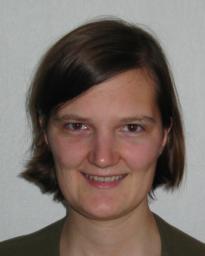
Tinne Tuytelaars
Katholieke Universiteit Leuven, Leuven, Belgium
tinne.tuytelaars@esat.kuleuven.be
I received a Master of Electrical Engineering from the K.U. Leuven , Belgium in 1996. Since my graduation, I've been working at the VISICS -lab within ESAT - PSI of the Katholieke Universiteit Leuven , where I defended my PhD on december 19, 2000, entitled "Local Invariant Features for Registration and Recognition". During most of 2006 and early 2007, I was also parttime (20%) visiting scientist at the LEAR group of INRIA in Grenoble. Summer 2008, I visited the Making Sense from Data group at NICTA in Canberra, Australia. Summer 2010 I visited Trevor Darrell's group at ICSI/EECS UC Berkeley. Since October 2008, I'm appointed research professor (BOF-ZAP) at the K.U.Leuven.
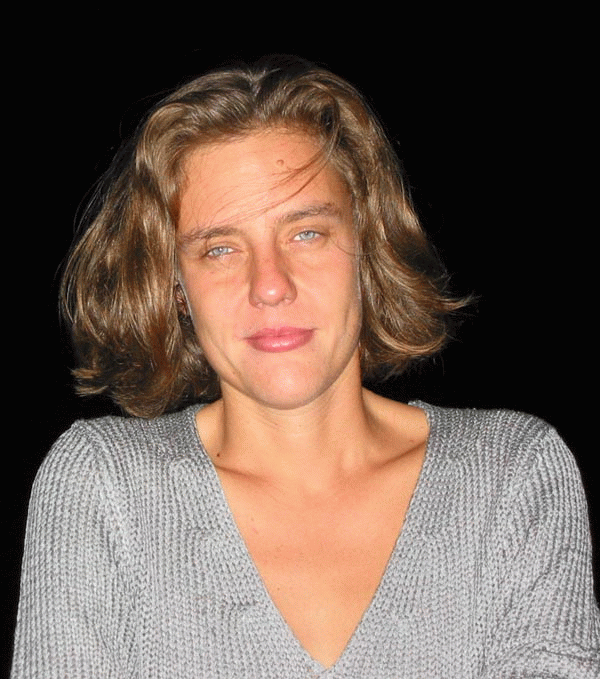
Cordelia Schmid
INRIA Grenoble, Montbonnot-Saint-Martin, France
cordelia.schmid@inria.fr
Cordelia Schmid holds a M.S. degree in Computer Science from the University of Karlsruhe and a Doctorate, also in Computer Science, from the Institut National Polytechnique de Grenoble (INPG). Her doctoral thesis on "Local Greyvalue Invariants for Image Matching and Retrieval" received the best thesis award from INPG in 1996. She received the Habilitation degree in 2001 for her thesis entitled "From Image Matching to Learning Visual Models". Dr. Schmid was a post-doctoral research assistant in the Robotics Research Group of Oxford University in 1996--1997. Since 1997 she has held a permanent research position at INRIA Rhone-Alpes, where she is a research director and directs an INRIA team. Dr. Schmid is the author of over a hundred technical publications. She has been an Associate Editor for IEEE PAMI (2001--2005) and for IJCV (2004--2012), editor-in-chief for IJCV (2013---), a program chair of IEEE CVPR 2005 and ECCV 2012 as well as a general chair of IEEE CVPR 2015. In 2006, 2014 and 2016, she was awarded the Longuet-Higgins prize for fundamental contributions in computer vision that have withstood the test of time. She is a fellow of IEEE. In 2013, she was awarded an ERC advanced grant on "Active Large-scale LEarninG for visual RecOgnition" and in 2015 a Humboldt Research Award.

Jamie Shotton
Microsoft Research Cambridge, United Kingdom
jamiesho@microsoft.com
Jamie Shotton leads the Machine Intelligence & Perception group at Microsoft Research Cambridge. He studied Computer Science at the University of Cambridge, where he remained for his PhD in computer vision and machine learning for visual object recognition. He joined Microsoft Research in 2008 where he is now a Principal Researcher. His research focuses at the intersection of computer vision, AI, machine learning, and graphics, with particular emphasis on systems that allow people to interact naturally with computers. He has received multiple Best Paper and Best Demo awards at top academic conferences. His work on machine learning for body part recognition for Kinect was awarded the Royal Academy of Engineering’s gold medal MacRobert Award 2011, and he shares Microsoft’s Outstanding Technical Achievement Award for 2012 with the Kinect engineering team. In 2014 he received the PAMI Young Researcher Award, and in 2015 the MIT Technology Review Innovator Under 35 Award (“TR35”).
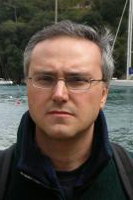
Paolo Remagnino
Kingston University, United Kingdom
p.remagnino@kingston.ac.uk
Prof. Remagnino is the leader of the Robot Vision Team, a multidisciplinary group of researchers and academic concerned with the development of intelligent algorithms for the automatic interpretation of images and videos. In the last five years Prof. Remagnino has carried research in computer vision, machine learning, pattern recognition and distributed intelligence funded by national (Leverhulme Trust, EPSRC) and international (EU FP7, AAL, US DHS, US EOARD/AFSOR) funding bodies. Prof. Remagnino has served as associate editor for a number of IEEE Transactions, Elsevier International Journals and he is now associated editor for Neurocomputing and the IEEE Transactions on Human-Machine Systems. Prof. Remagnino is a member of the EPSRC college, senior IEEE member, and honorary research associate of the Royal Botanic Gardens, Kew. He has published over 150 scientific papers and articles in international conferences and high impact journals. Prof. Remagnino is currently working on three strands of research: image and video understanding, machine learning, computational botany and distributed intelligence. His interests and current research are multi-disciplinary in nature and lend themselves well to application domains such as intelligent monitoring, search and rescue robotics, ambient assisted living and classification in botany. Prof. Remagnino is a member of the Faculty Ethics committee at Kingston University.

Ali Salah
Boğaziçi University, Turkey
salah@boun.edu.tr

Giuseppe Serra
University of Modena and Reggio Emilia, Italy
giuseppe.serra@unimore.it
Giuseppe Serra is an assistant professor at the University of Modena and Reggio Emilia (Italy). He graduated in Computer Engineering with honors from the University of Florence in 2006. He was awarded the title of Doctor of Philosophy in Computer Engineering, Multimedia and Telecommunications in 2010 from The MICC Center. He was a visiting scholar at Carnegie Mellon University, Pittsburgh, PA, and at Telecom ParisTech/ENST, Paris, in 2006 and 2010 respectively. His research interests include egocentric vision, image and video analysis, multimedia ontologies and multiple view geometry. He has published more than 40 publications in scientific journals and international conferences. He has been awarded the best paper award by the ACM&SIGMM Workshop on Social Media in 2010. He is a co-organizer of the “International Workshop on Multimedia for Cultural Heritage” in 2013. He also serves as a Guest Editor of the Special Issue on “Multimedia for Cultural Heritage” in the Multimedia Tools and Applications Journal. He was a Technical Program Committee member of several workshops and conferences. He regularly serves as reviewer for international journals and conference, including ACM Transactions on Multimedia Computing, Communications, and Applications, IEEE Transactions on Multimedia, IEEE Transactions on Information Forensics and Security, and Pattern Recognition.

Xavier Varona Gómez
Universitat de les Illes Balears, Spain
PhD in Computer Science since 2001 by the Universitat Autònoma de Barcelona. Predoctoral and postdoctoral researcher in the Computer Vision Centre at the Universitat Autònoma de Barcelona. Computer Vision expert. Researcher of the 'Ramón y Cajal' program at the Universitat de les Illes Balears from 2005 to 2009. Researcher of the I3 program for the Intensification of Research from 2009 to the present. Associate Professor since December 2009 in the Dept. of Mathematics and Computer Sciecne at the Universitat de les Illes Balears. He has taught in the studies of Computer Science & Engineering at UAB (1995-2003) and the UIB (2004-present). He has also taught at the Bachelor on Computer Science & Engineering at the UIB. In Grade, he has taught in three different titles of Master and PhD courses, and he has supervised five doctoral theses (1 UAB and 4 at the UIB). He has participated in over 10 research funded projects at regional, national and international levels (in 4 of them as principal investigator). He has participated during this period in many technology transfer projects with companies and has been Co-founder of Inisle Interactive Technologies, a spin-off of the UIB in 2012. He was Director of the Master in Information Technologies and Co-Director of the PhD program in Computer Science. Deputy director of the Mathematics and Computer Science. Deputy director of the Center for Postgraduate Studies of the UIB. Deputy Rector and currently Vice Chancellor of Titles and Technology.

Hedvig Kjellström
KTH Royal Institute of Technology, Sweden
hedvig@csc.kth.se
Hedvig Kjellström is a Professor of Computer Science and the head of the Computer Vision and Active Perception Lab (CVAP) at KTH in Stockholm, Sweden. She received an MSc in Engineering Physics and a PhD in Computer Science from KTH in 1997 and 2001, respectively. The topic of her doctoral thesis was 3D reconstruction of human motion in video. Between 2002 and 2006 she worked as a scientist at the Swedish Defence Research Agency, where she focused on Information Fusion and Sensor Fusion. In 2007 she returned to KTH, pursuing research in activity analysis in video. Her present research focuses on the modeling of perception and production of human non-verbal communicative behavior and activity, with applications in Health, Robotics, and Performing Arts. In 2010, she was awarded the Koenderink Prize for fundamental contributions in Computer Vision for her ECCV 2000 article on human motion reconstruction, written together with Michael Black and David Fleet. She has written around 70 papers in the fields of Robotics, Computer Vision, Information Fusion, Machine Learning, Cognitive Science, Speech, and Human-Computer Interaction. She is mostly active within the areas of Robotics and Computer Vision, where she is an Associate Editor for IEEE TPAMI and IEEE RA-L, and an Area Chair for CVPR 2016 and RSS 2016.

Anastasios Doulamis
Technical University of Crete, Greece
Anastasios D. Doulamis (S’96, M’00) received the Diploma and PhD degree in Electrical and Computer Engineering from the National Technical University of Athens (NTUA) with the highest honor. Until January 2014, he was an associate professor at the Technical University of Crete and now is a faculty member of NTUA. Prof. A. Doulamis has received several awards in his studies, including the Best Greek Student Engineer, Best Graduate Thesis Award, National Scholarship Foundation prize, etc. He has also served as program committee in several major conferences of IEEE and ACM. He is author of more than 200 papers in leading journals and conferences receiving more than 2000 citations.
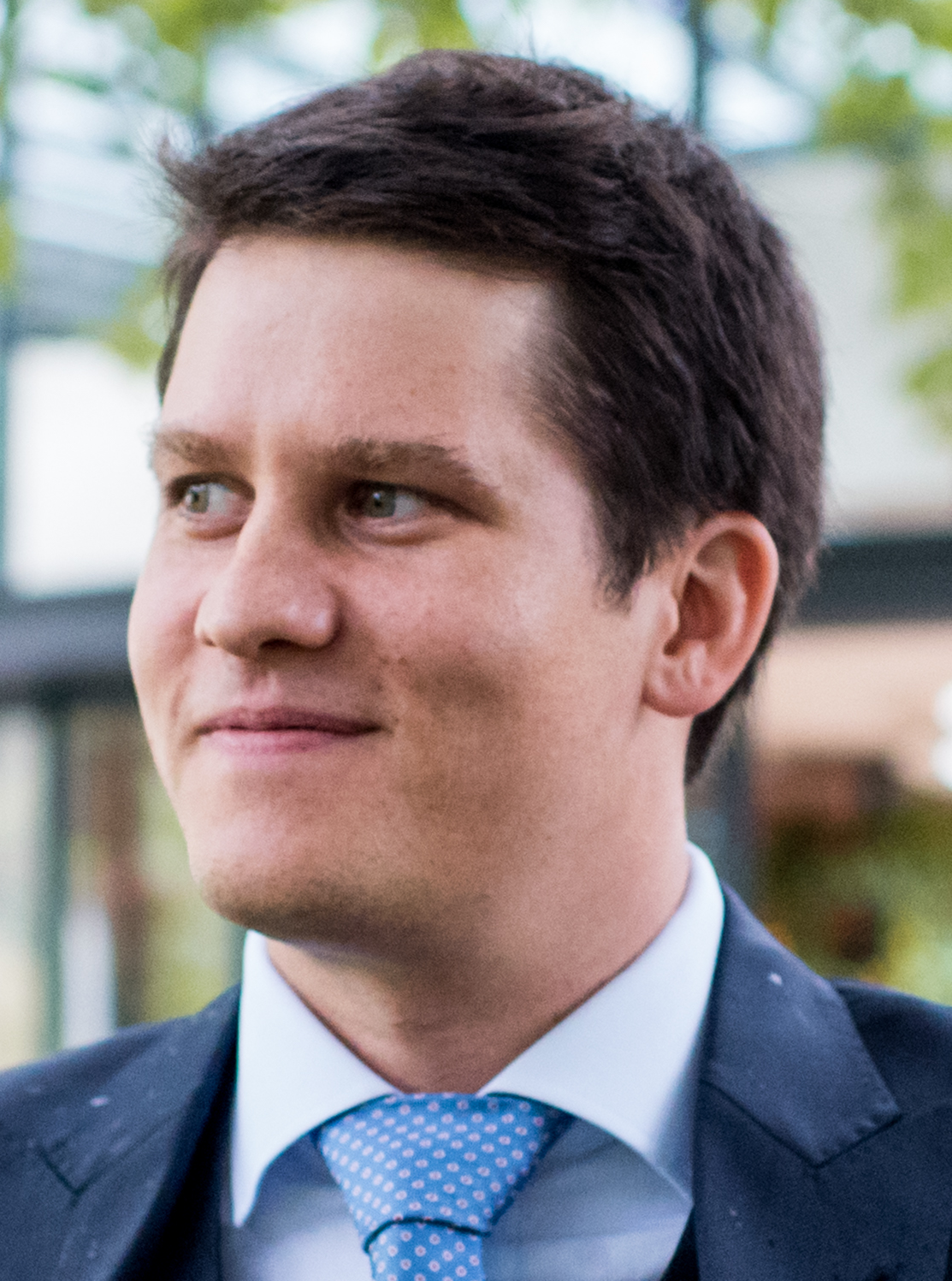
Simon Ruffieux
University of Fribourg, Switzerland
simon.ruffieux@hefr.ch
Simon Ruffieux is currently a Researcher at the University of Applied Sciences of Western Switzerland, Fribourg (HES-SO FR). He is working on several projects (e-bikes usage optimization, astronomical telescope automation, medical related projects, etc). He holds a diploma of Doctor of Science in Informatics from the University of Fribourg and a Master in Computer Sciences from the Swiss Federal Institute Of Technology (EPFL), Switzerland. He holds a specialization in Bio-computing. His research domains are in the area of robotics, human machine interface, machine learning and gesture recognition. He also works as scientific collaborator in the Information and Communication Department, mainly giving lectures for bachelor and master courses and supervising students during their projects.

Jenny Benois-Pineau
Bordeaux University, France
jenny.benois-pineau@labri.fr
Jenny Benois-Pineau is a full professor of Computer science at the University Bordeaux and chair of Video Analysis and Indexing research group in Image and Sound Department of LABRI UMR 58000 Université Bordeaux/CNRS/IPB-ENSEIRB. She has been a deputy scientific director of theme B of French national research unity GDR CNRS ISIS (2008 - 2015), and is now a chair od international relations at College of Sciences and Technologies at University Bordeaux.
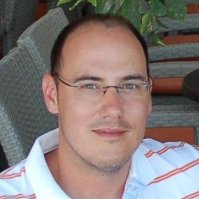
Oriol Pujol
University of Barcelona, Spain
oriol.pujol@ub.edu
Oriol Pujol Vila obtained the degree in Telecomunications Engineering in 1998 from the Universitat Politècnica de Catalunya (UPC). The same year, he joined the Computer Vision Center and the Computer Science Department at Universitat Autònoma de Barcelona (UAB). In 2004 he received the Ph.D. in Computer Science at the UAB on work in deformable models, fusion of supervised and unsupervised learning and intravascular ultrasound image analysis. In 2005 he joined the Dept. of Matemàtica Aplicada i Anàlisi at Universitat de Barcelona (UB) where he became associate professor. He is member of the BCN Perceptual Computing Lab. He has been since 2004 an active member in the organization of several activities related to image analysis, computer vision, machine learning and artificial intelligence.

Marcin Grzegorzek
University of Koblenz and Landau, Germany
marcin.grzegorzek@uni-siegen.de
Marcin Grzegorzek is Professor for Pattern Recognition at the University of Siegen, Professor for Multimedia at the University of Economics in Katowice and Chairman of the Board of Data Understanding Lab Ltd. He studied Computer Science at the Silesian University of Technology, did his PhD at the Pattern Recognition Lab at the University of Erlangen-Nuremberg, worked scientifically as Postdoc in the Multimedia and Vision Research Group at the Queen Mary University of London and at the Institute for Web Science and Technologies at the University of Koblenz-Landau, did his habilitation at the AGH University of Science and Technology in Kraków. He published around 100 papers in pattern recognition, image processing, machine learning, and multimedia analysis and acted as examiner in 16 finalised doctoral procedures (reviewer in 7, supervisor in 2). For the time being, he runs seven externally funded research projects. For instance, Marcin is Consortium Coordinator in the German national AAL project Cognitive Village and Principal Investigator in the Horizon 2020 project My-AHA: My Active and Healthy Ageing.

Gian Luca Foresti
University of Udine, Italy
gianluca.foresti@uniud.it
Gian Luca Foresti was born in Savona, Italy, in 1965. He received the Laurea degree cum laude in Electronic Engineering in 1990 and the Ph.D degree in Computer Science in 1994 from University of Genoa. In 1994 he was visiting Professor at Trento University in an Electronic Engineering course. Currently, he is Full Professor at the Department of Mathematics, Computer Science and Physics (DMIF) of the University of Udine. Immediately after the Laurea degree, he worked with the Departement of Biophysical and Electronic Engineering (DIBE) of University of Genoa in the area of Computer Vision, Image Processing and Image Understanding. His Ph.D thesis dealt with distributed systems for analysis and interpretation of real video sequences. He worked at several National and International projects founded by the European Commission, especially in the fields of autonomous vehicle driving and active surveillance systems for outdoor environments. Prof. Foresti is author or co-author of more than 200 papers published in International Journals, Book Chapters and Refereed Conference Proceedings. Prof. Foresti serves as reviewer for several International Journals and he is IEEE Senior Member, IAPR Fellow Member and member of GRIN. He has been also involved as evaluator of project proposals in several Research Programs founded by the European Union.

Matthew Turk
University of California, United States of America
mturk@cs.ucsb.edu
Matthew Turk is the President of TTIC, an independent philanthropically endowed graduate research institute that focuses on computer science theory and artificial intelligence. His research interests are in computer vision and human-computer interaction, largely concerned with using computer vision as an input modality. That means using cameras (and other sensors) to perceive relevant information about people and the world and then using this information to improve the interface between humans and computers. In recent years, many of the applications have been in augmented reality, and mostly focused on real-time mobile computing environments.
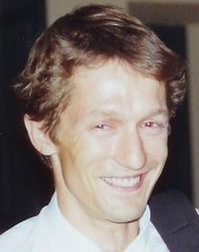
Henning Müller
University of Applied Sciences Western Switzerland (HES-SO), Switzerland
henning.mueller@hevs.ch
News
There are no news registered in